Storing emergency food is an important activity for every prepper out there.
Whether you prepare your own survival food or you buy it from the store, all the supplies you gather in time will overwhelm your kitchen storage.
If you also happen to store water, you will quickly start looking for additional storage space in your home, and most oftentimes, you will have to improvise. For most people, it may not be obvious at first, but their home has a lot of available space that could be used for storing emergency food. All you need is to take some time and figure out the spaces available and identify the pros and cons of each usable space.
Before you start moving stuff from one place to another, you have to be certain that the areas in your home have good attributes for storing your supplies.
Here are the main recommendations for food storage:
- The space you pick should provide a cool temperature (ideal temperature for food storage is between 50 and 60 degrees Fahrenheit)
- The storage space should not be exposed to sunlight. You need a rather dark environment since sunlight exposure will eventually spoil your food.
- The storage space should be dry. If you store food in a humid space, the packaging could be compromised. For example, metal cans will be damaged by rust.
- The selected space should not be near heat-producing appliances. If you store food near a refrigerator or a stove, you will expose your supplies to temperature variations.
- The storage space should not be exposed to temperature variations. A stable temperature is required to prolong the shelf life of your supplies.
Now that you have a generic idea of what makes an ideal storage space, we can move forward and identify the usable space in your house. These are the main options that every American has for storing additional emergency food in their homes.
Places for storing food:
The basement
For most folks, this is the most obvious space for storing emergency supplies, and it might be an ideal location. If you have a basement entirely underground, you’re in luck since such a basement will stay cool all year round. Most basements have a lot of room that can be organized, and with a simple DIY project you can establish a food rotation system.
However, basements are usually designed with the main purpose of accommodating the heater and other systems. This becomes a problem for your storing plans since you need to locate your foods as far away as possible from the heater. You will need to organize the space to create a buffer zone between the supplies and the heather.
We also have to address the humidity problems since not all basements are well-insulated. While you can install a dehumidifier and checking it on a regular basis, some basements require proper insulation work to be done.
The floor of the basement will get damp, and this is a real problem if you store cans or other packaged food directly on the floor. The best and cheap solution available is to place some wooden pallets and store your food on them. This will create airflow between the supplies and the floor. Also, it becomes mandatory to prevent pests from accessing your basement if you want your food supplies to last. While mouse traps can do the trick, make sure you have air filters and wire mesh installed that can keep all sorts of pests away from your food.
Another thing that most people tend to ignore is that moving supplies to and from your basement is a tiring activity. This becomes a problem for the elderly, especially if large quantities have to be moved (when bugging out, flooding, etc.)
The garage
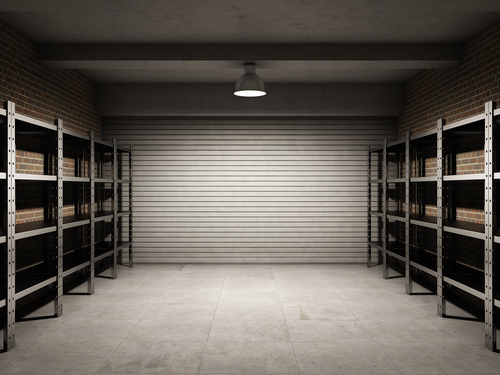
If you decide to keep supplies in your garage, there are two main issues that you will need to keep in mind. First of all, during flash floods and heavy rains, your garage will be easily flooded, and you may lose all your supplies. And second, if the SHTF event ends up creating social disorder, thieves will target places that can be easily accessed. Unfortunately, the garage is one of such places, and I recommend storing there only the supplies you can live without.
The attic
Just like the garage, the attic may not be an ideal place for storing food. There are a few exceptions like finished attic storage that are well insulated and well-ventilated (some even have AC going in the attic), but most people don’t spend the extra money for such amenities. If you happen to have an attic that fits the description, you can store some food there, but only for a short period of time until you manage to free some other space in your house.
I recommend that you store in the attic, supplies that can’t be easily damaged, like tools or your disaster tool kit. Things that you are not using on a daily basis can be stored in the attic, and by doing so, you will save up some space for storing food and other emergency supplies.
Closets
Some people (my wife included) have developed the habit of clearing their closes once a year. The stuff they are not using is either given away or sold for a few bucks. The best thing about an empty closet is that it makes an ideal space for storing food in excellent conditions. These spaces are not used to their full potential, considering that some have a consistent height central, and it is rather easy to install shelves.
If you decide to use your closets for storing food, make sure there isn’t a humidity buildup and that you can easily access the food to check their expiration date. Don’t bury food in the back of the storage and forget about it because you will just waste money and space.
Space under the stairs
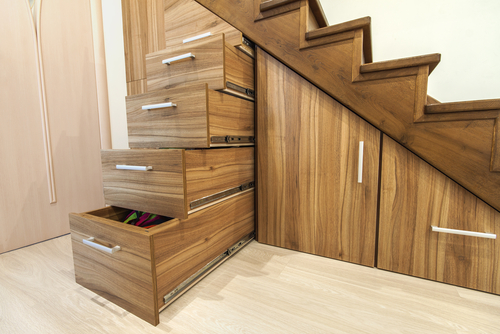
You can store all sorts of things there, and some of my prepper friends are using it to store their guns and other sensitive items. However, if you live in a humid climate, a closed space like this one can become damp and you need to make sure you have a dehumidifier installed there.
Space under the bed
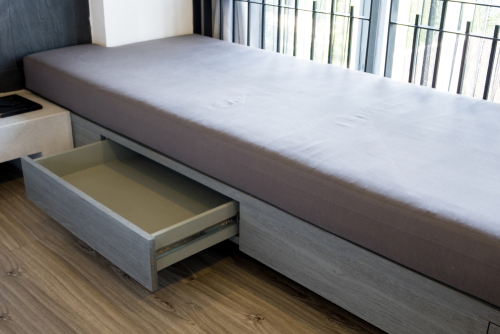
Some will use under bed drawers or storage boxes, while others will use plastic tubes that can slide under the bed easily. This is a good storage space because it provides stable temperature, it is a dry place, and your food will not be affected by sunlight.
Extra room
In most homes, the living spaced is divided so that it can include one spare room. These rooms are usually the office, a playroom for the kids, or even a man cave. The good thing about these extra rooms is that some never end up being the project they were destined to become when the house plans were drawn.
In my case, the house we bought had an office room that is the same size as one of the bedrooms. Since I didn’t need so much extra space, I turned half of it into a storage room. I’ve installed a few rows of shelves, and I have food and other items (sanitary and some survival gear) stored in there. If you have such a room in your house, you can easily “sacrifice” some space in it and use it for your prepping needs.
The kitchen
This is perhaps the most obvious place to keep your food, but some may lack the space to do so. Most Americans have a hoarding problem even though it might not be so obvious. By the time they finish equipping their kitchen space with everything they need (or they think they will need) such as pots, pans, glassware, appliances and such, there isn’t much room left for food storage. Some may be lucky enough to get a few cabinets free, while others will have a small pantry.
Regardless of the space you are left to work with, make sure it is well-organized, and everything is labeled properly. I recommend keeping in your kitchen the ingredients you want to experiment with or the foods that have a short expiration date.
To give you a quick example, the cabinets of our kitchen are full of various foods that my wife uses to experiment with and create various dishes. Every once in a while, she makes a cooking schedule, and she sets a week in which she will cook with only what she can find in those cabinets. She does this to learn how we would manage to eat and what will we eat if we are dealing with a SHTF scenario where food restrictions are a common occurrence.
A last word
The recommendations listed in this article are generic for most houses in America. Based on the type of house you live in, I’m pretty sure that there are other unused spaces that can be used for storing food. Whatever you improvise in your house, make sure you use your food storage plan on a regular basis so that you never have to throw away food.


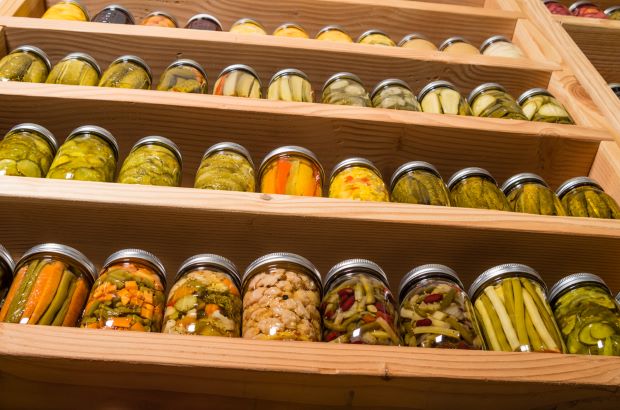


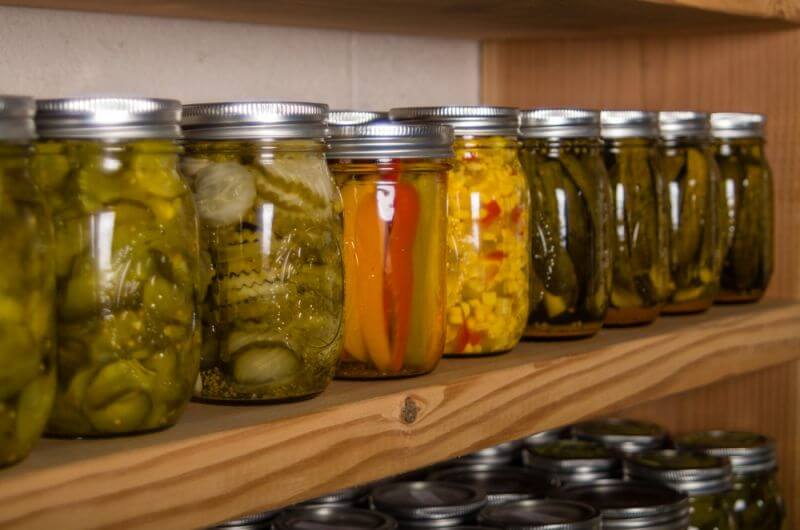
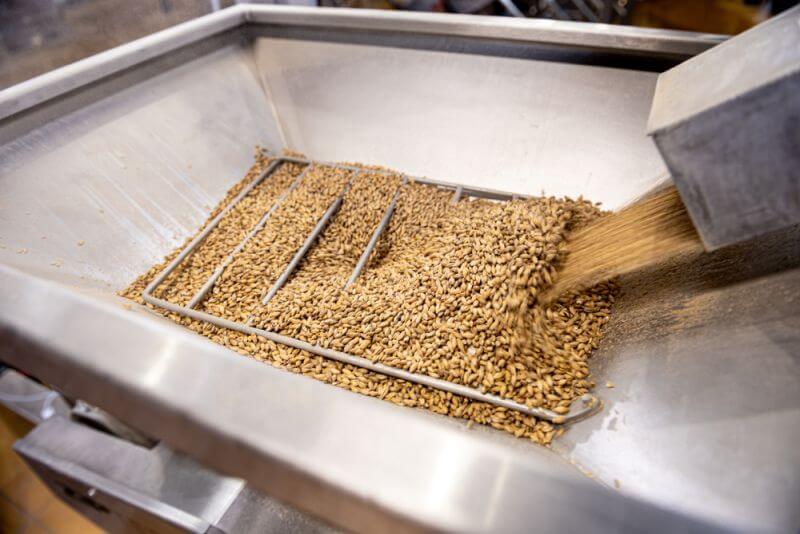
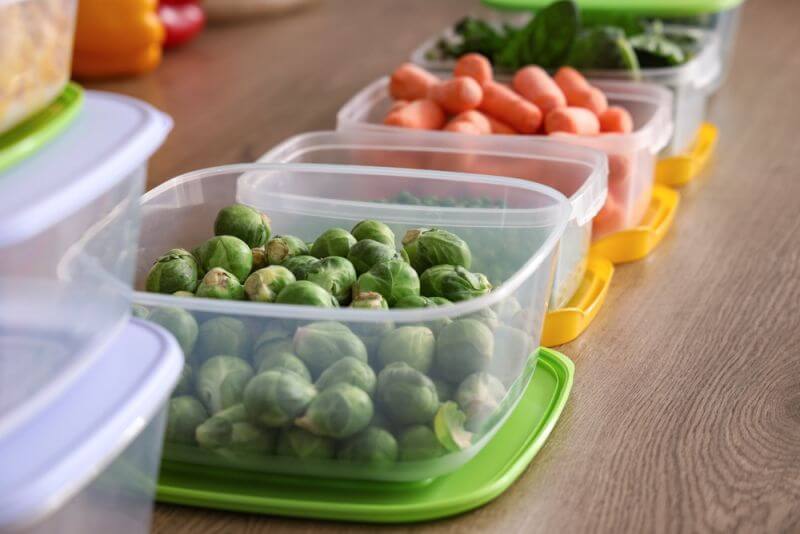
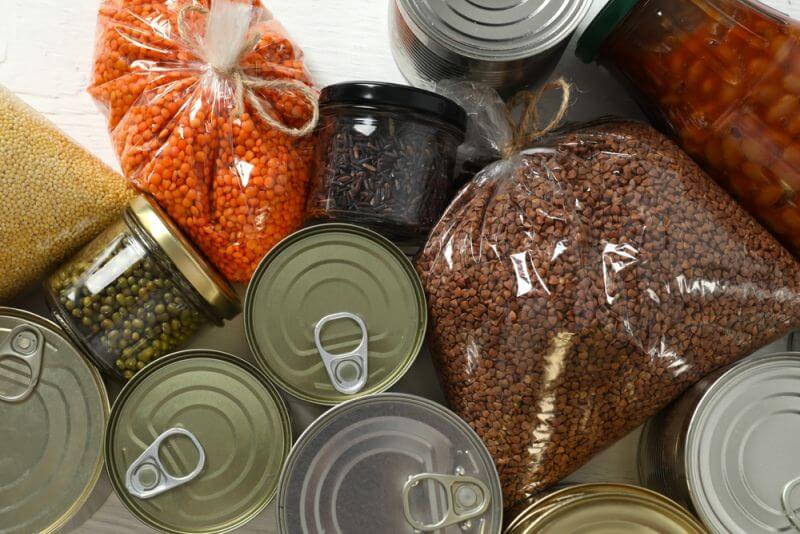

Jefferson NWENGLAND | January 4, 2020
|
Inside doors or worktops
The space under or behind drawers
Inside a false fireplace or surround.
Inside speakers
Modified furniture.
False walls or cupboard backs/sides.
Lots of kitchen units have enough unused space behind the cupboard backs for an entire row top to bottom and side to side.
The same thing under the base
Partition wall.
False ceiling.
Inside structures used to cover pipes or wires.
In the cistern or cold water tank
Behind bath panels.
Create a false step near a window, bath or under a fridge
Vents (especially disused)
Utilities cupboard